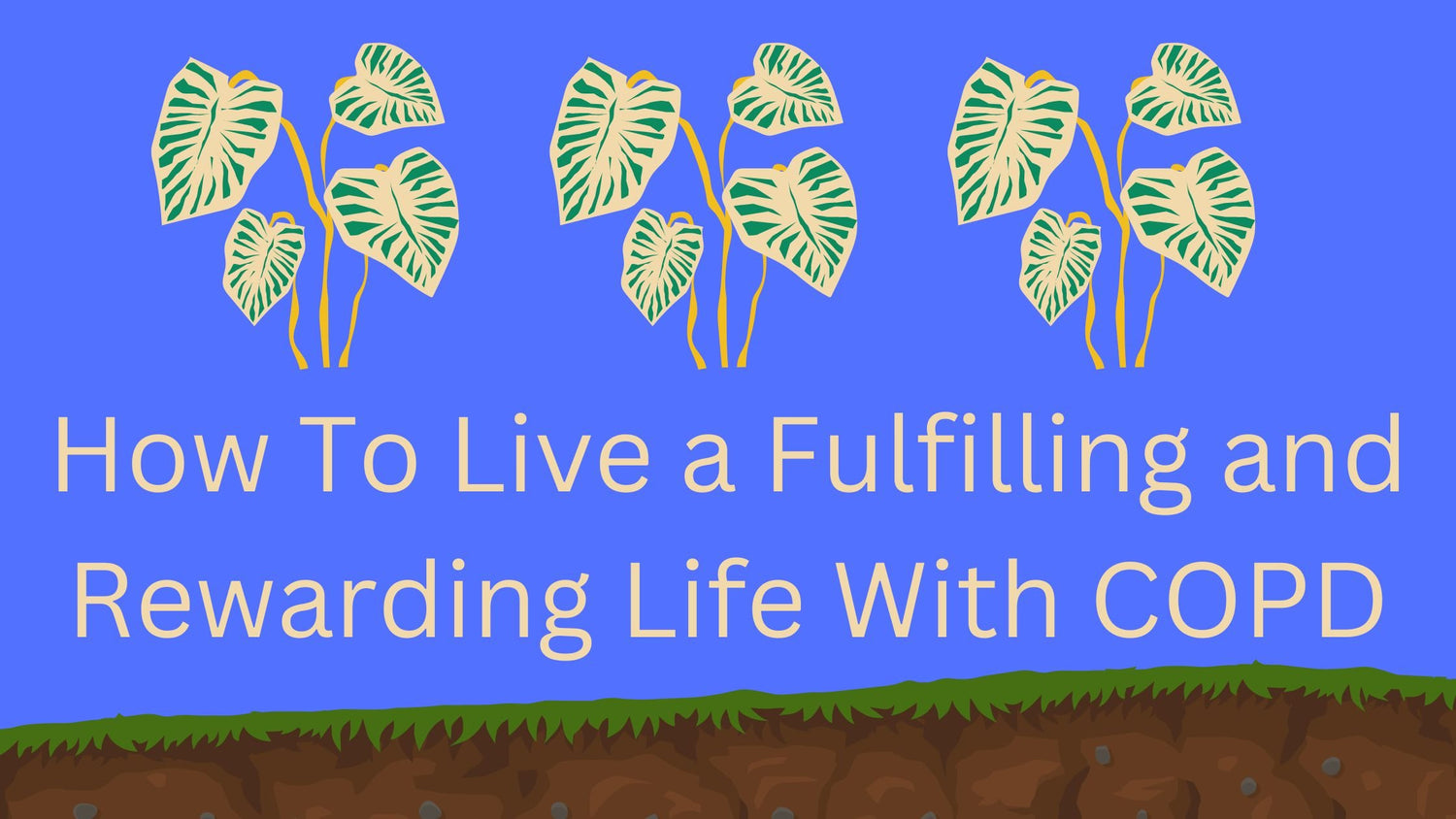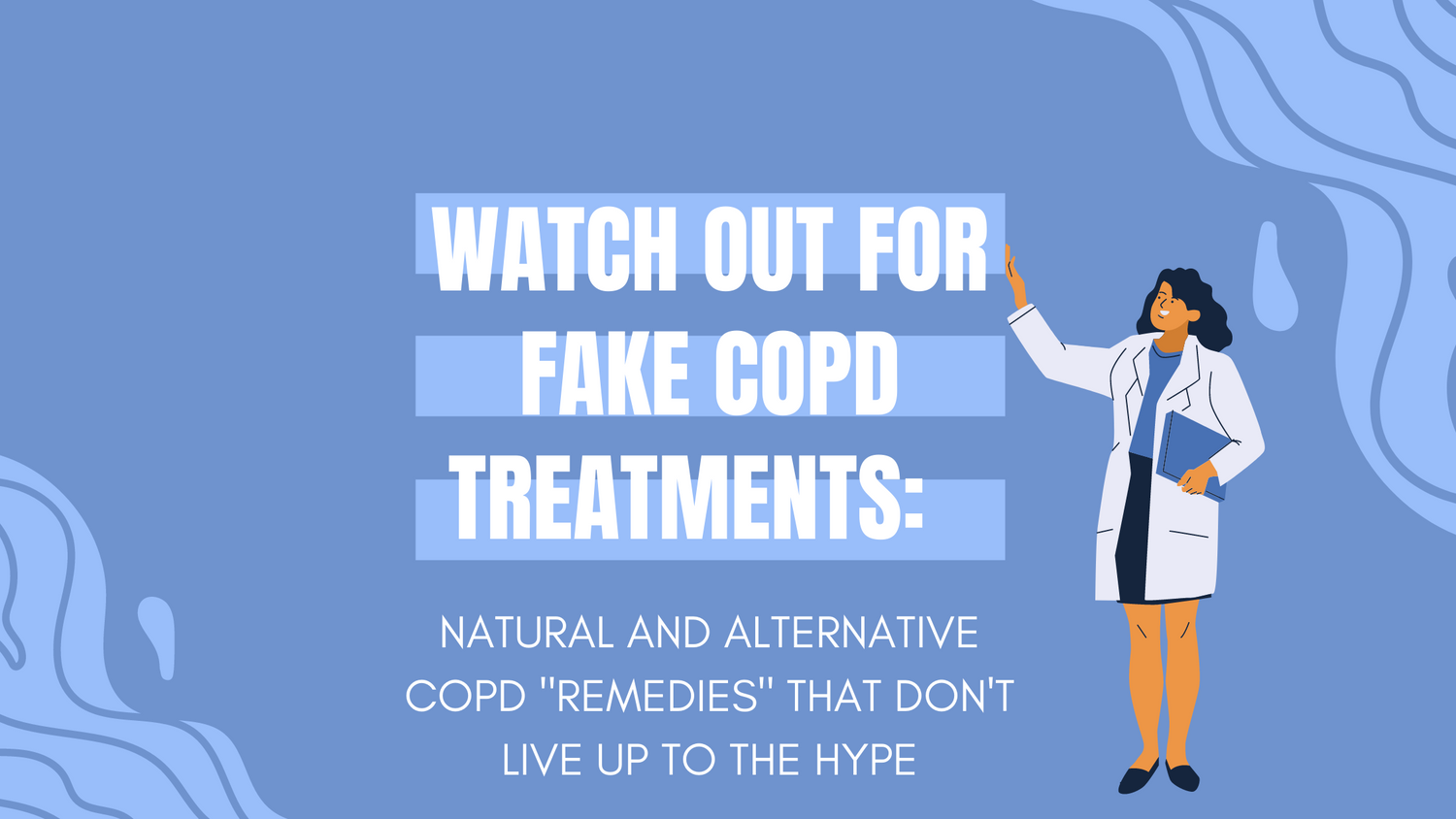Respiratory Resource Center - LPT Medical
Living a Full and Happy Life With COPD
Regardless of our career choice, favorite hobbies, and...
Read MoreDon't Break a Leg: How to Fall-Proof your Home for COPD
Fall injuries aren't something that most people think...
Read MoreWatch Out for Fake COPD Treatments: 9 Natural and Alternative COPD "Remedies" That Don't Live Up ...
If you've spent much time at all reading...
Read More


